With apologies to some of our more advanced Light Stalkers, today we are going to give some practical advice to those just starting out in this wonderful hobby of ours. These days, most people getting into photography will probably come from a smartphone. Smartphones are one of the biggest drivers of the expansion of photography. There is good reason for that – they can flatter us, allowing us to take stunning images that just a few short years ago would have been the preserve of much more expensive cameras.
The problem is though, there is an awful number of different types of camera that we can buy these days and an awful lot of acronyms to go with them. So if you are contemplating buying your first dedicated digital camera, here is our guide to what's what.
DSLR Cameras
This is the most common enthusiast camera and stands for Digital Single Lens Reflex. Reflex is the important bit. It means the camera has a mirror that diverts the light away from the sensor and into the viewfinder. This in turn gives the photographer a real, live view of the shot he or she is composing. When the shutter is pressed the mirror flips out of the way briefly, allowing light to pass through to the sensor.
They also feature interchangeable lenses, allowing you to buy anything from a fisheye to super telephoto lens. Most enthusiast DLSRs will come with what is called a kit lens. This will be a moderate zoom going from wide angle to slightly telephoto. They are ideal for newcomers. As you progress, you can buy further lenses to suit your style.
DSLRs come in two main sensor sizes, APS-C and Full Frame. Full Frame means the sensor size is equivalent to the size of an old 35mm film exposure. APS-C is a smaller sensor. There are certain advantages to full frame sensors. They are often better in low light, have a shallower depth of field for a given aperture and a wider field of view for on lenses with the same focal length. They are however significantly more expensive than APS-C type DSLRs.
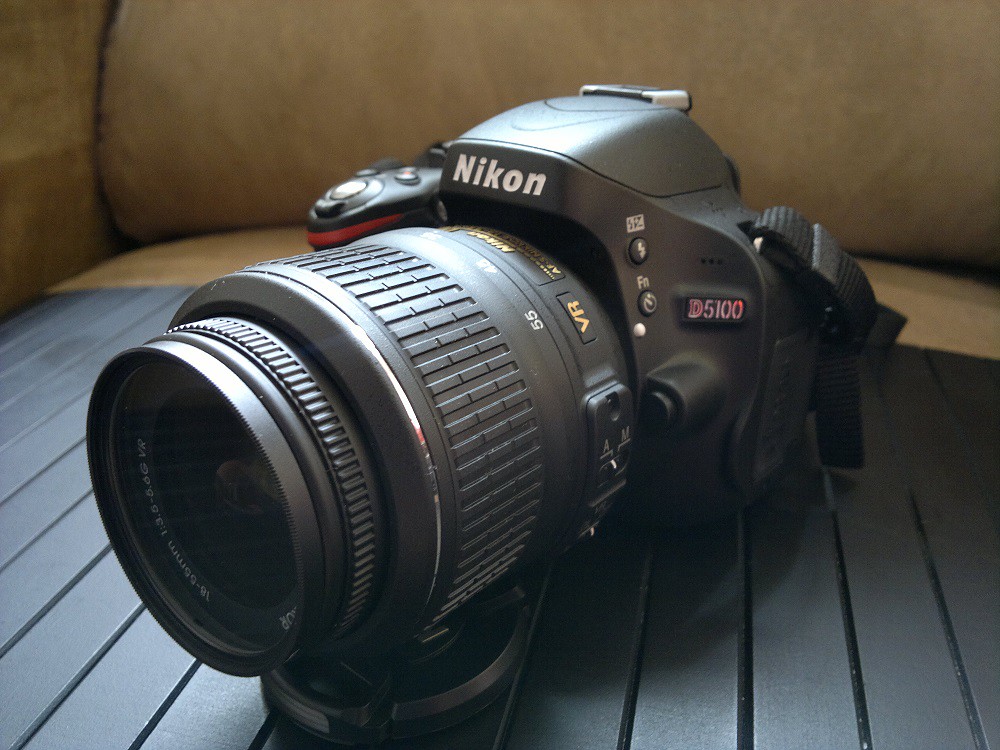
The Nikon D5000 series are APS-C sensor cameras is ideal for newcomers.
The APS-C cameras are actually more suited to a person starting out in photography. For a start they are cheaper – both the camera and lenses. They tend to be a little lighter and they are mostly much cheaper than full frame alternatives.
There are only three main companies still producing DLSRs – Canon Nikon and Pentax. All have sterling reputations and any camera you buy from them will be well made and produce great image quality if you have the skill.
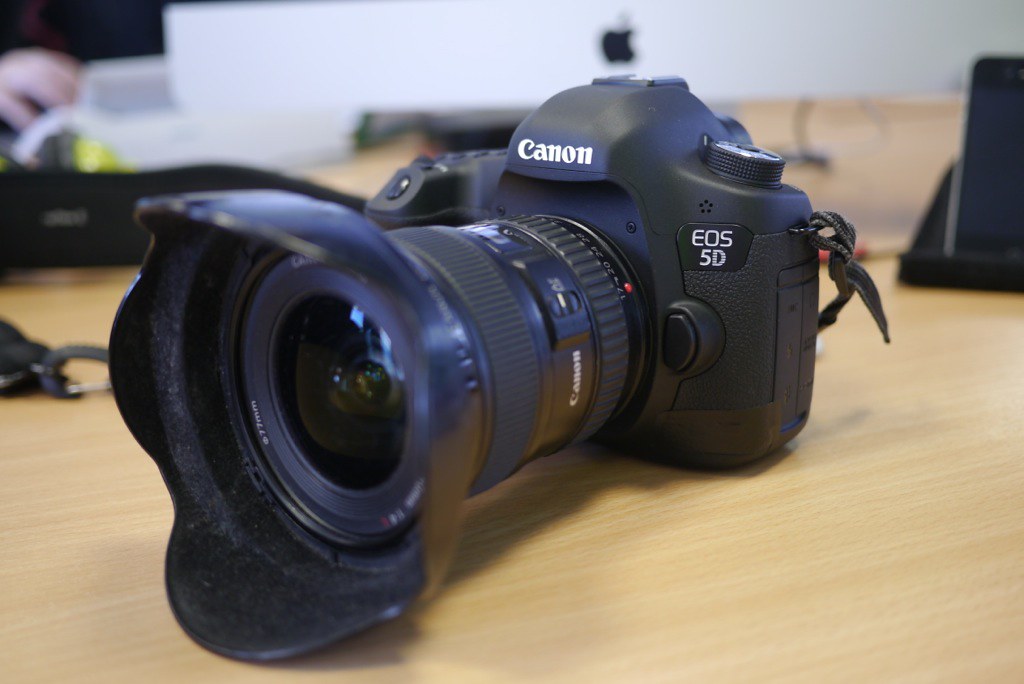
Canon's EOS 5D range are full frame cameras. You can get good deals on older versions secondhand.
Mirrorless Cameras
So called, because they dispense with a mirror and use electronic viewfinders and/or LCD screens. These cameras are the up and coming “new kids on the block” They are also know as CSC, compact system cameras. The advantages of mirrorless cameras are that they are small, quiet and yet produce excellent image quality. Like their DLSR equivalents, most use interchangeable lenses but unlike DSLRs the range of available lenses is not quite as large.
Mirrorless cameras come in three sensor sizes. Full Frame, this is limited to Sony and would make a very expensive starter camera. APS-C, predominately Fuji X series cameras and some Sony and Nikon and Canon also making some inroads. Lastly Micro 4/3rds, made by Olympus and Panasonic. The M4/3 sensors are the smallest but still capable of excellent results.
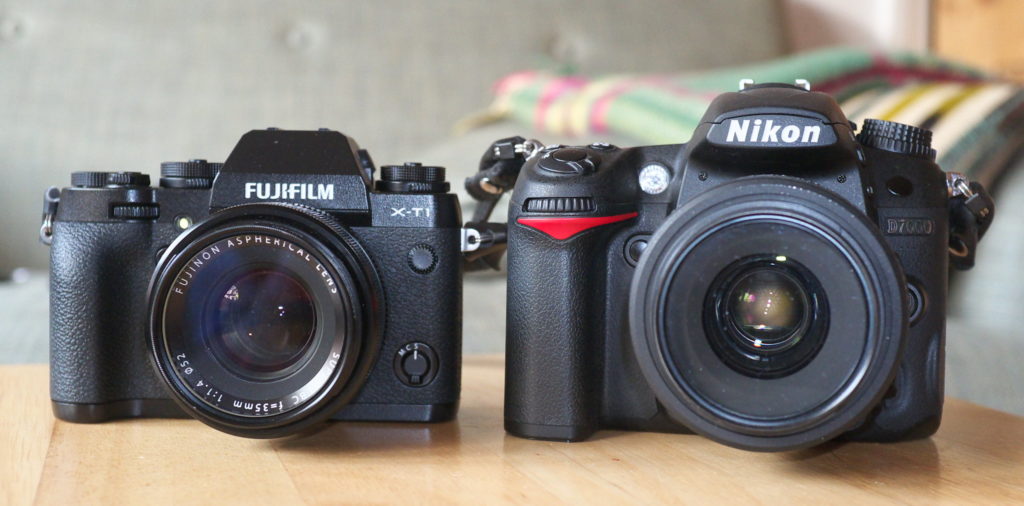
Mirrorless cameras are generally significantly smaller than similar specced DSLRs.
Mirrorless tend to have less battery life than DSLRs but often have better video capabilities. Sony and Panasonic are highly regarded for their 4K video abilities whilst Fuji have an enviable reputation as a “photographer’s” camera. This is because their retro ergonomics appeal to hands on style shooters.
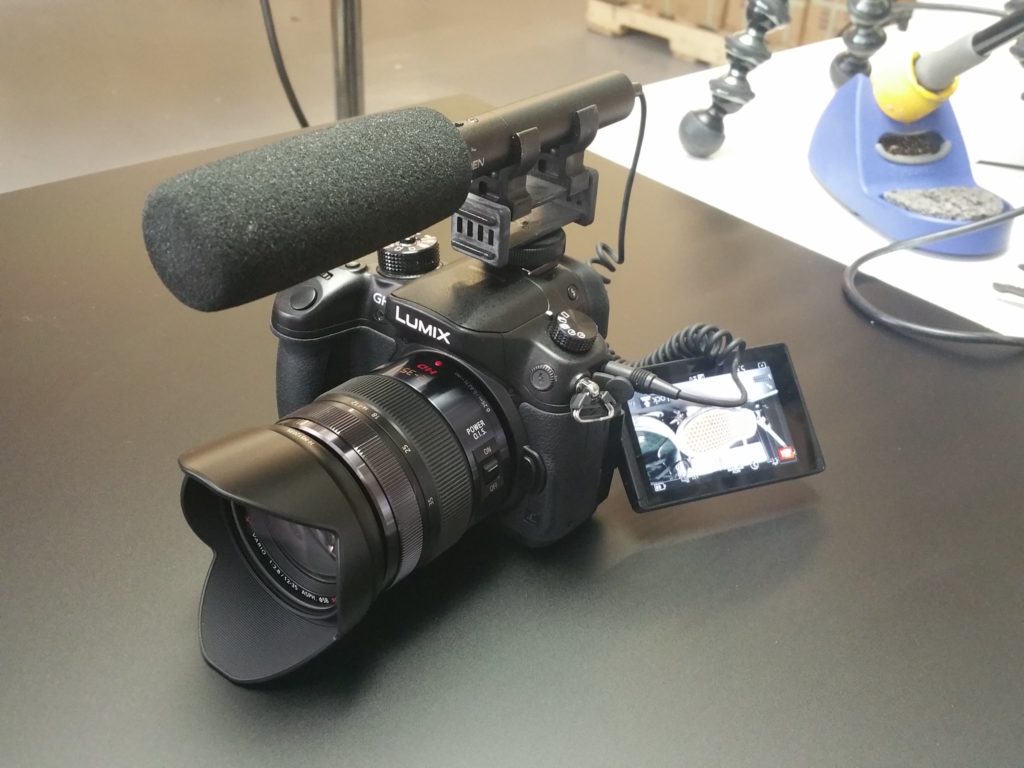
Panasonics are highly regarded for their video capabilities.
Advanced Compact Cameras
These are an offshoot of the mirrorless genre. Instead of using an interchangeable lens system, they feature a fixed lens. This means you cannot zoom in or out. They are however, very small, light and capable of producing excellent image quality. They might not be the best choice for a newcomer who wants to experiment with telephoto or zoom lenses.
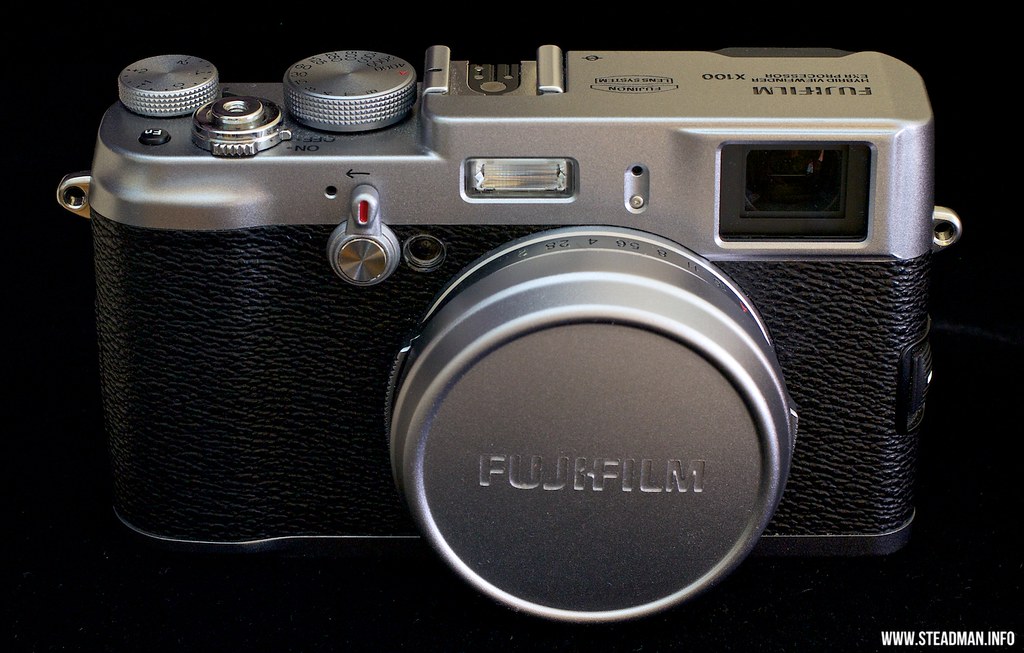
The Fuji X100 series are advanced compacts.
Bridge Cameras
These are so called because they bridge the gap between advanced compacts and DLSRs. They tend to have smaller sensors but pack a big built in zoom lens that will go from wide angle to extreme telephoto. The lens will not be interchangeable. They also tend to be keenly priced. The smaller sensor means they may not be good at high ISO but they often have image stabilisation so you can shoot in at slower shutter speeds in low light. If you are on a budget a bridge camera might be a good choice but it has limited expansion possibilities.
For newcomers, the most suitable camera to buy would be either an APS-C DSLR or a Mirrorless. Both allow you to buy further lenses, both give you a full range of auto and manual features and both will cost similar amounts. The main differences are better battery life and a wider choice of lenses for DSLRs against lighter weight and better video for Mirrorless.
Whatever you finally choose, don’t forget to visit us regularly at Light Stalking to learn new things about photography.

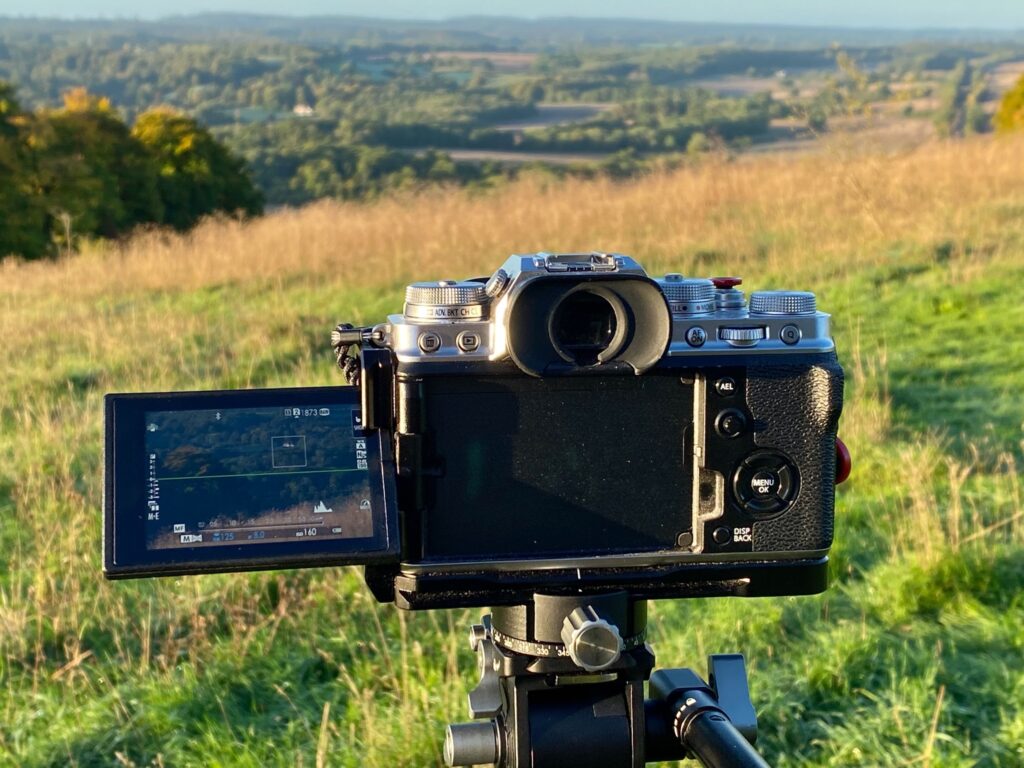

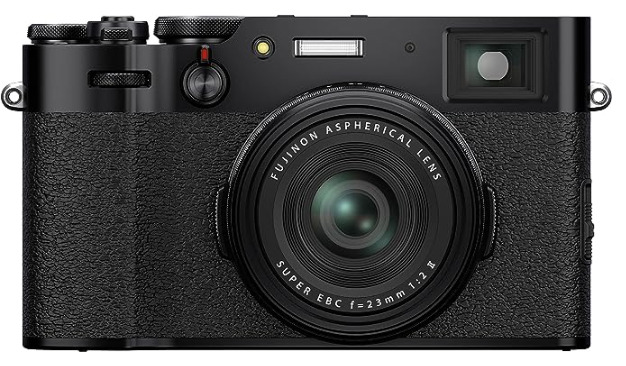
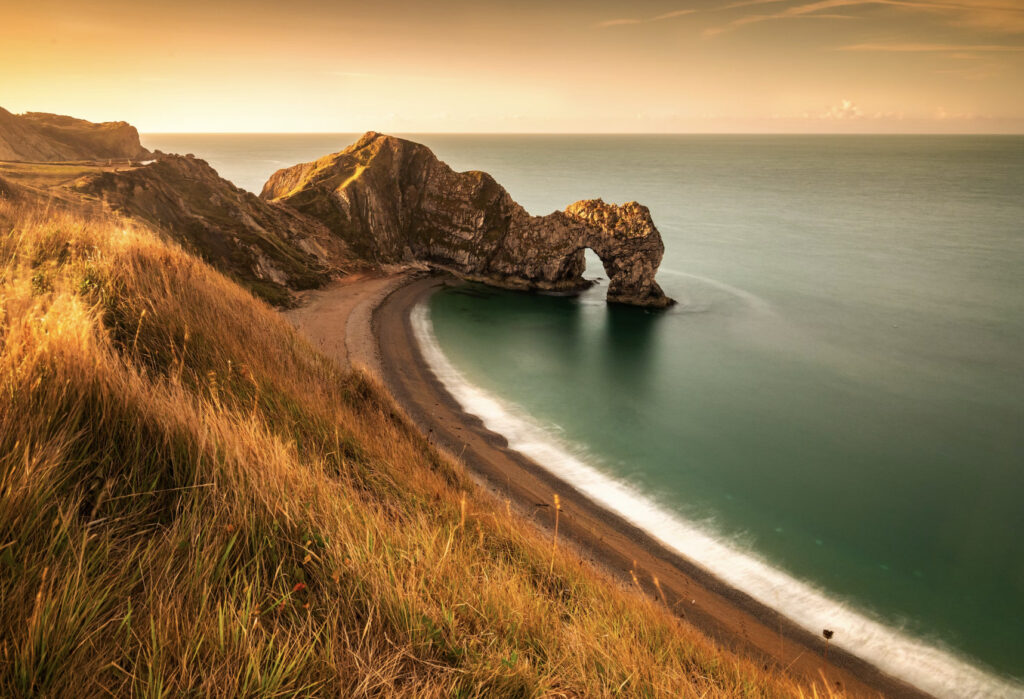
1 Comment
Great read and very well explained. I believe in professionals so this is a very useful article for everyone. Many thanks for your share.